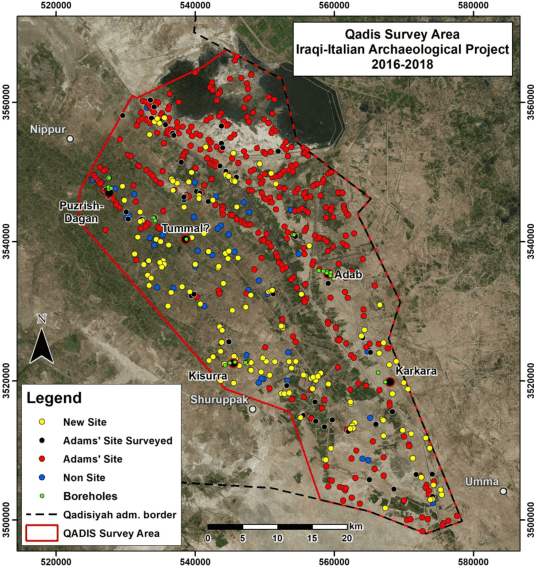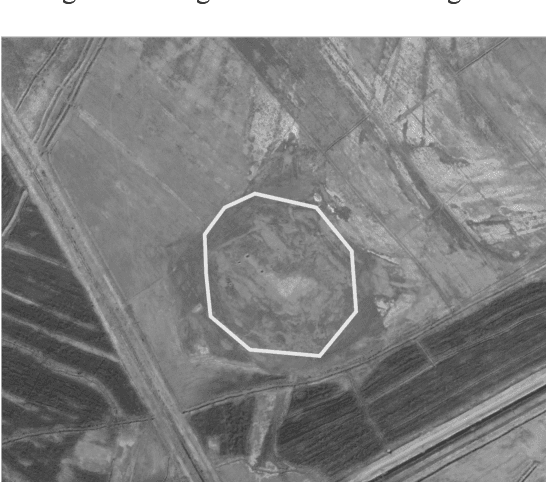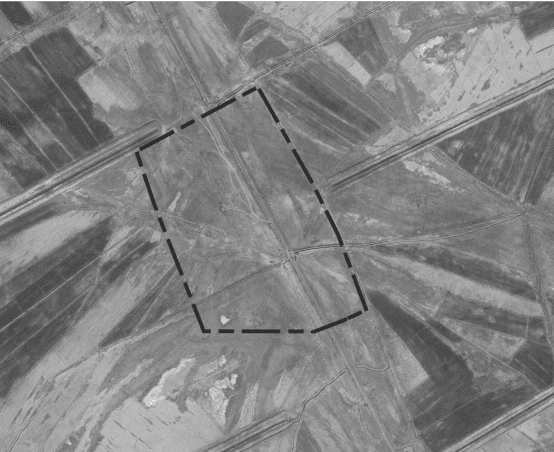The Barrier of meaning in archaeological data science
Paper and Code
Feb 11, 2021


Archaeologists, like other scientists, are experiencing a data-flood in their discipline, fueled by a surge in computing power and devices that enable the creation, collection, storage and transfer of an increasingly complex (and large) amount of data, such as remotely sensed imagery from a multitude of sources. In this paper, we pose the preliminary question if this increasing availability of information actually needs new computerized techniques, and Artificial Intelligence methods, to make new and deeper understanding into archaeological problems. Simply said, while it is a fact that Deep Learning (DL) has become prevalent as a type of machine learning design inspired by the way humans learn, and utilized to perform automatic actions people might describe as intelligent, we want to anticipate, here, a discussion around the subject whether machines, trained following this procedure, can extrapolate, from archaeological data, concepts and meaning in the same way that humans would do. Even prior to getting to technical results, we will start our reflection with a very basic concept: Is a collection of satellite images with notable archaeological sites informative enough to instruct a DL machine to discover new archaeological sites, as well as other potential locations of interest? Further, what if similar results could be reached with less intelligent machines that learn by having people manually program them with rules? Finally: If with barrier of meaning we refer to the extent to which human-like understanding can be achieved by a machine, where should be posed that barrier in the archaeological data science?
 Add to Chrome
Add to Chrome Add to Firefox
Add to Firefox Add to Edge
Add to Edge